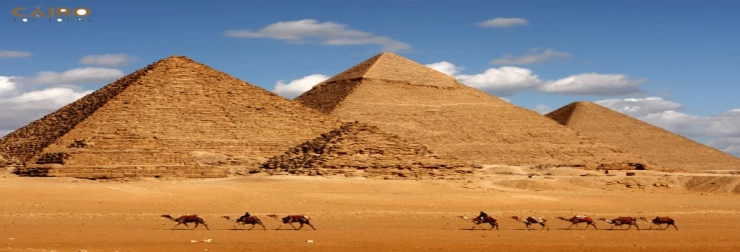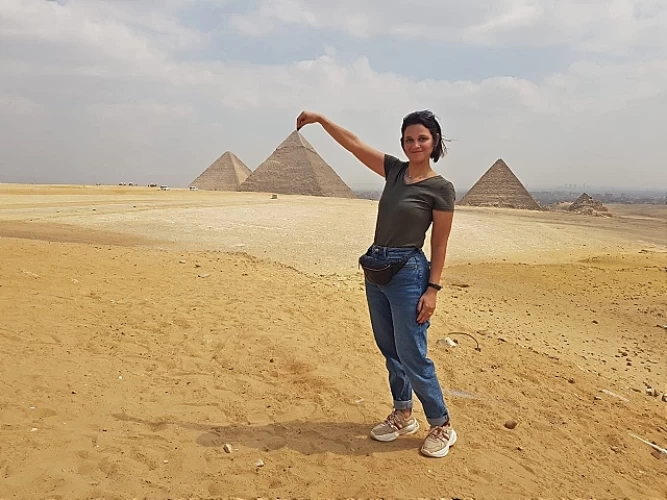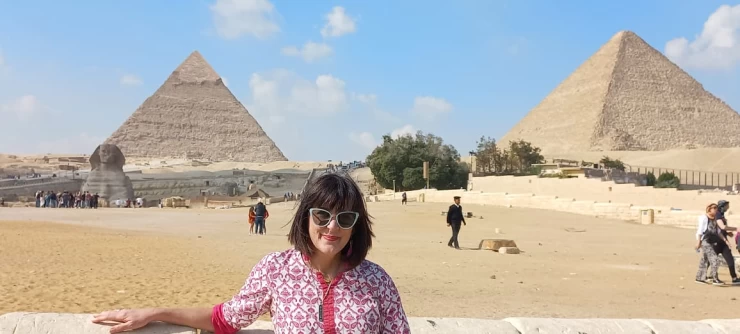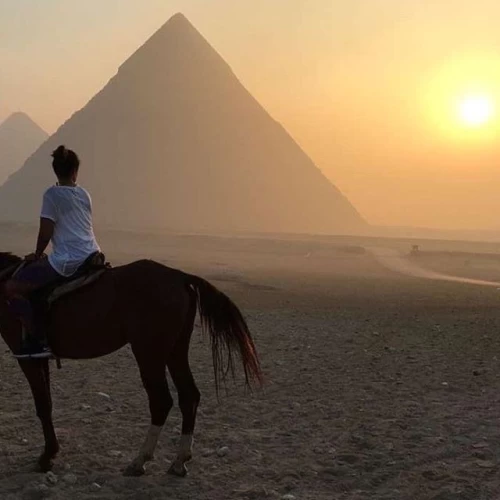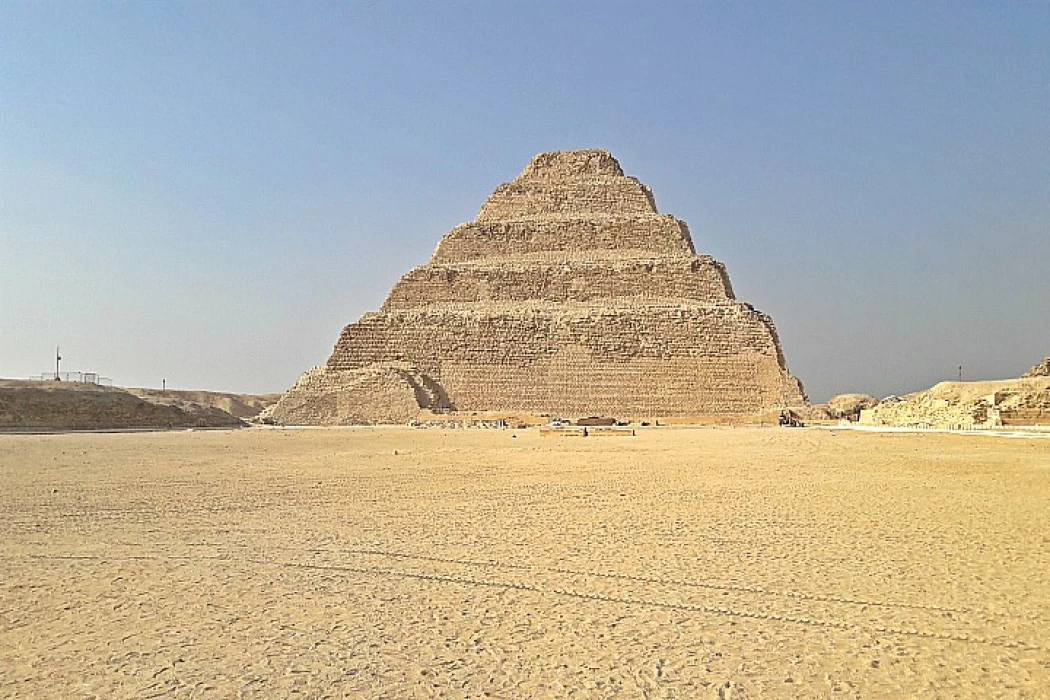
La piramide a gradoni
La piramide a gradoni
Il terremoto del 1992 aveva seriamente danneggiato la struttura interna della piramide. Per questo motivo nel 2006 sono iniziati i lavori di restauro che sono durati 14 anni tra molte difficoltà. Nel 2011 i lavori hanno subito un'interruzione a causa della rivoluzione, ora sono aperti a visitatori e turisti da tutto il mondo.
La piramide a gradoni del re Djoser a Saqqara è una delle cose da fare al Cairo o forse in tutto l'Egitto. Questa struttura ci mostra lo sviluppo della costruzione piramidale. È la piramide iniziale costruita in Egitto e anche se non è una "vera piramide" con lati lisci, come le Piramidi di Giza e la Piramide piegata e la piramide rossa di Dahshur.
La prima grande struttura in pietra da taglio al mondo è composta da sei gradini, sovrapposti l'uno sull'altro. L'architetto di Djoser ha deciso di impilare diverse di queste strutture per creare un monumento più imponente al faraone, alto 203 piedi.
Lo scienziato più famoso che deve essere menzionato ogni volta che si parla di Sakkara è Jean-Philippe Lauer, un archeologo francese che ha restaurato e ricostruito le parti danneggiate del complesso.
Sul lato nord della piramide si distingue il tempio piramidale, mentre nei seguenti complessi piramidali si vede sempre sul lato est. Il complesso della piramide a gradoni è circondato da un muro di calcare alto 10,5 m noto come facciata del palazzo, che imita fasci di canne legati. La struttura complessiva imita il mudbrick. Il muro ha 14 porte fittizie, ma solo un vero ingresso, nell'angolo sud della facciata est, è per il soggiorno. Le porte rimanenti sono note come false porte, per l'uso del re nell'aldilà.
Quindi entriamo nel passaggio colonnato coperto con un soffitto in pietra calcarea composto da interi tronchi d'albero portato a una massiccia imitazione di pietra di due porte aperte era una sala con venti paia di colonne di calcare costruite per assomigliare a fasci di steli di piante e raggiungendo un'altezza di 6,6 m. Le colonne non erano indipendenti ma erano attaccate alle proiezioni del muro. Tra le colonne su entrambi i lati della sala c'erano piccole stanze, che suggerivano di essere per ciascuna delle province dell'Alto e del Basso Egitto. Alla fine del colonnato si trovava la sala ipostila trasversale con otto colonne collegate a coppie da blocchi di calcare. Ci sono pietre curve all'interno della magistratura che si pensa siano segni associati alla festa di Heb-sed, un importante rituale completato dai re egiziani quando hanno completato 30 anni per rinnovare i loro poteri.
All'estremità meridionale della corte c'era una piattaforma a cui si accedeva tramite gradini. È stato raccomandato che questo fosse un principio per il doppio trono. L'intero complesso della piramide a gradoni simboleggia il recinto del palazzo reale e consente al re di eseguire i rituali associati alla regalità. La tomba sud molto a sud del cortile sud si trovava. Vi daremo un indescrivibile benvenuto in questa benedetta terra d'Egitto con l'aiuto delle nostre guide qualificate e pronte.
Se volete conoscere Giza e vedere com'è fatta, potete trovare molte informazioni e immagini di un edificio speciale chiamato Moschea di Taghri Bardi al Cairo. Vi insegnerà di più su come Giza è stata costruita molto tempo fa.
Currently, tourists visiting Djoser’s Step Pyramid can enjoy not just the structure itself but the entire complex, which also reveals the elements of ancient Egyptian art and religion. Entering through the stone doors and strolling around the open sections, one can almost feel the presence of a bygone era dominated by Kings and the making of everlasting structures.
Nevertheless, Saqqara’s Step Pyramid is also one of the top places to see for every traveler, every historian, and every admirer of the undying civilization of Ancient Egypt. It is a monument of Pharaoh Djoser’s dreams as well as of the genius called Imhotep, the wonder that mankind still looks up to even after 4600 years of its existence.







